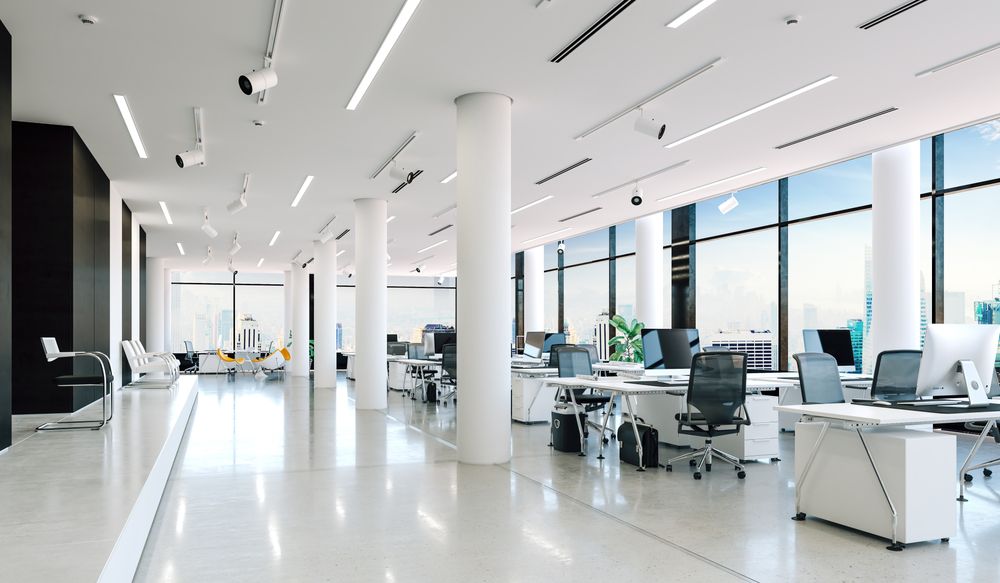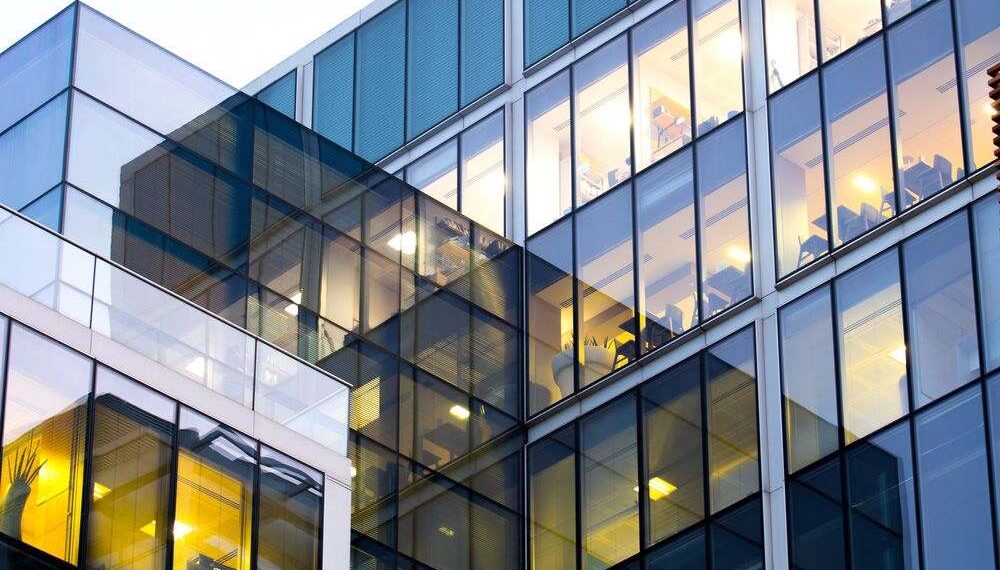Office buildings have generally been less sustainable because of their size and function. However, things have changed, and the construction business has also evolved. And, as people become more concerned about the effects of climate change, sustainable workplace design is becoming more popular. Also, you can prefer Stair Spindles for an office building that looks very cool.
Companies that have used this sustainable strategy in their buildings may attest to its advantages. So, if you want to make your office building more sustainable, you have to understand what specific actions you need to take.
Here are you can find some strategies for building a sustainable office building. Check more at this site.


Table of Contents
1. Optimize A Structural Grid
Every building’s foundation and structure are constructed using different materials. Usually, these materials, like structural steel, have a significant environmental impact.
However, there are steel products that are environmentally friendly and built entirely of recycled steel materials that provide unrivaled strength, like those from World Wide Steel Buildings and other companies like it.
Several building methods might be considered in the urgent search for strategies to lessen the amount of these materials utilized. For instance, choosing cantilevered slabs over columns at the perimeter translates into smaller floor plates. Additionally, this eliminates the need for edge beams and extends the total span using the same number of columns.
Moreover, this method may save up to 15% of structural elements and accelerate construction due to its simplified design. Additionally, using a column-free perimeter provides several architectural choices for defining the shape of the building structure.
2. Employ Passive Design
The passive design utilizes the environment to keep the inside of the structure at a suitable ambient temperature. It incorporates the sun and wind as key components of the building’s efficiency, thereby affecting heating, cooling, and lighting.
Contractors interested in passive design should examine the location, elevation, scale of the structure, windows, and surrounding walls. In some areas, passive design may help minimize the demand for heating and cooling, which typically make up roughly 40% of total energy consumption in a typical structure.
While the optimal time to engage in passive design is before constructing a structure, considerable improvements to an existing structure may also enhance thermal comfort and decrease energy use.
3. Use Architectural Films
The use of architectural films may significantly decrease a building’s heating and cooling requirements. These films are placed on windows and may prevent a considerable amount of heat from penetrating a building, allowing the structure’s interior temperature to be maintained.
An additional advantage of using architectural film technology is it blocks UV rays, which can harm the flooring in a workplace.
4. Invest In Prefabricated Construction Methods
Due to its energy-intensive nature, traditional building construction may be highly inefficient. As a result, modular construction has increased in recent years. Regardless of whether whole structures are being prefabricated or just the materials, this approach gives the developer better control over the construction process.
Time, cost, and the environmental effects of a project may all be reduced with prefabricated construction. More sustainable office buildings will be constructed utilizing materials produced in a safe, regulated environment as this industry expands.
5. Take Advantage Of Renewable Energy
A building’s energy efficiency is key to determining its long-term viability. Consult with a professional for advice on how to utilize renewable resources like hydroelectricity, biomass, and solar to supply the building.
Solar energy, for example, is environmentally friendly, cost-effective, and can cut carbon dioxide emissions and energy expenses. The initial cost of purchasing and installing renewable energy sources is higher, but the long-term savings will offset the initial cost.
6. Install Energy-Efficient Light And Water Systems
Water and lighting systems that conserve energy are also essential components of a sustainable building. Many developers and design professionals recommend water and lighting fixtures with motion sensors since they automatically switch off when not in use.
Before making a purchase, make sure to check the energy rating of appliances or lighting fixtures you’re considering. Maximize natural light by using sun pipes and roof lights to decrease your reliance on electrical lighting.
7. Incorporate Green Roofs And Walls
The positive impact of the building on the environment can be increased with the use of vertical and roof gardens. Insulation and reduced heating and cooling expenses are achieved by installing these gardens on the envelope.
The sustainability of a building is improved by reflecting solar radiation, collecting rainfall, and increasing the air quality through the use of living plants that absorb carbon dioxide and release oxygen.
Indoor living walls can be an alternative if exterior installation is not possible. Air purification and water recycling are two of the benefits of these alternatives. These walls are also aesthetically pleasing and have been shown to increase employee happiness and satisfaction.
Takeaway
Considering that buildings account for half of the world’s energy use and add to almost 40% of global carbon emissions, reducing dioxide emissions must be a top priority. It’s never too late to switch to sustainable environmental practices. Sustainable development can be aided by new environmentally friendly materials, architectural film, and other solutions. Take the next step toward a more sustainable future.

